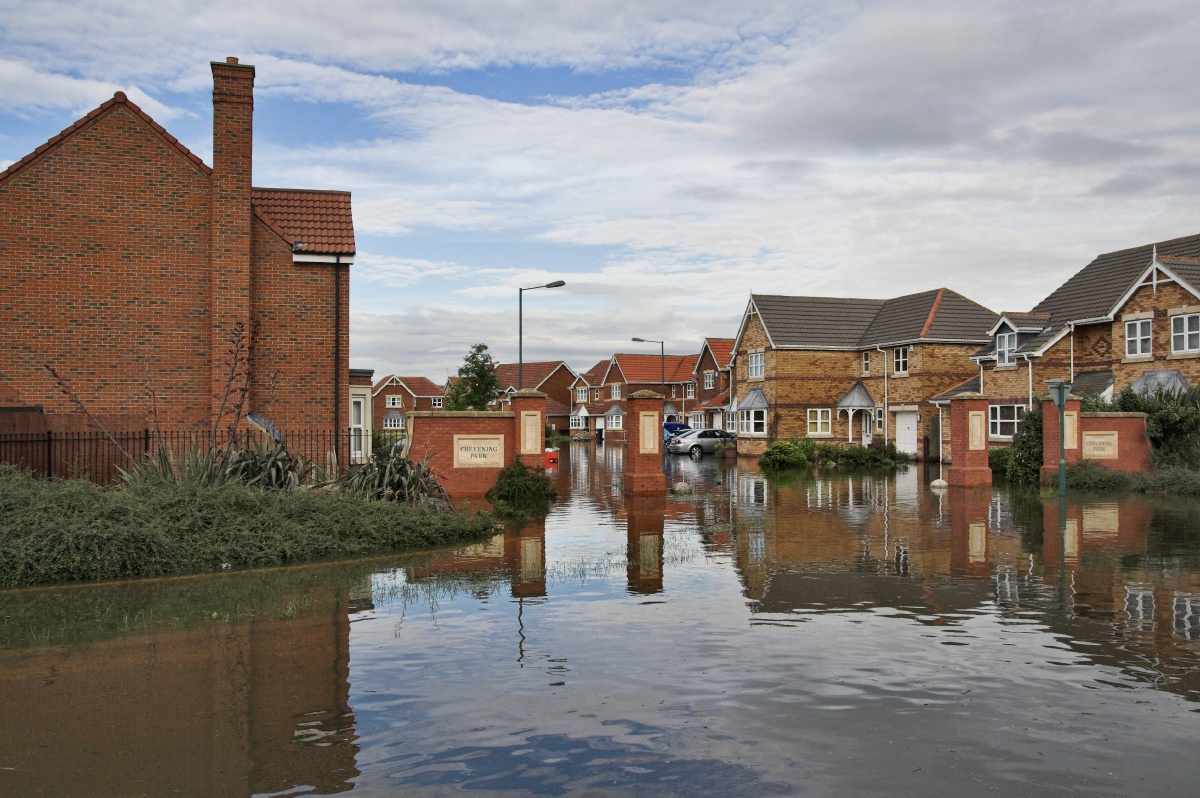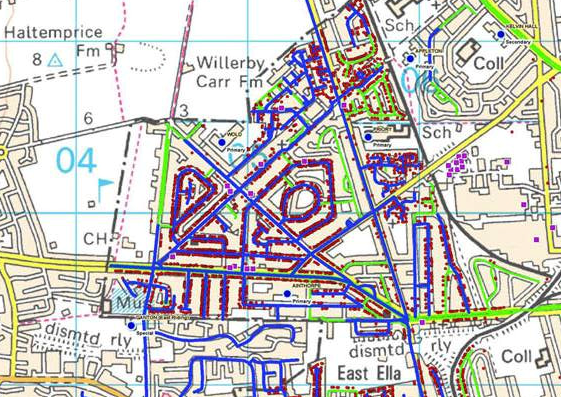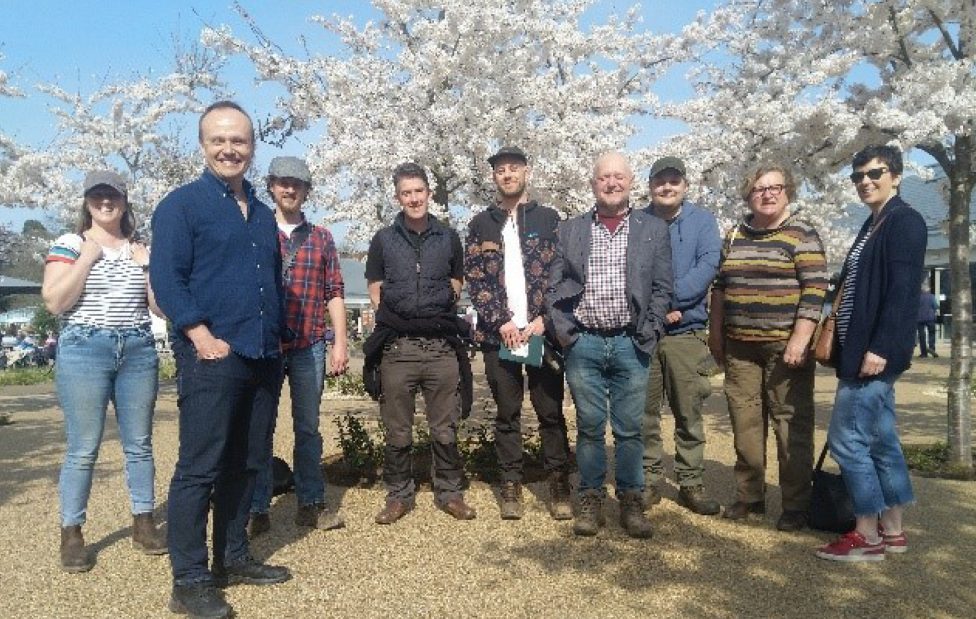
A personal reflection by Dr Sam Ramsden, Charity Support Coordinator at the Flood Innovation Centre on the 15th anniversary of the Hull floods
This blog comes just after the 15th Anniversary of 2007 floods which had a terrible impact on Hull and particularly some of the suburbs in the north and west. Over 20,000 people were affected, 8,800 households were flooded, and over 5,000 households had to evacuate. You can read a report investigating the floods by Professor Tom Coulthard here.

I conducted follow-up research in 2018 to find out current views and concerns about flooding, in a collaborative research project with Living with Water – a partnership between the local Flood Risk Management Agencies (RMAs) – Yorkshire Water, Hull City Council, East Riding of Yorkshire Council and the Environment Agency. Many local residents engaged with the survey – it was the first time that many people had been asked to describe their experiences and concerns, and they wanted to have their voices heard by the RMAs. The results identify that while some people feel resilient to flooding, many others do not. For those flooded in 2007, traumatic flood experiences and blaming the failure of RMAs to prevent flooding had created a disconnect with RMAs. In addition, very few people had received information or support to improve their flood resilience since the floods, with people aged 80 and over, young people, private tenants and ethnic minority respondents particularly disengaged. For example, there had been very low take-up of Property Flood Resilience (PFR) measures that reduce the risk of flood damage to properties, speed up recovery and help people to move back quicker after flooding – due to lack of information on what effective products were available. The research also established that there were no locally-based charities focused on flooding, and no active flood groups or flood wardens, to act as trusted intermediaries between RMAs and vulnerable communities.
During the survey work, I concentrated on Derringham which was particularly hard hit by the flooding. Here is a map and a picture which shows the impacts of the floods and the area flooded in Derringham. On the map, the blue lines are flooded roads, and the purple dots represent flooded houses.

However, there have been many positive developments since the 2007 floods. Living with Water has worked to reduce the risk of flooding, including completing the different Flood Alleviation Schemes (lagoons) around the north and west of Hull and Haltemprice. During the survey work in Derringham I met with the Friends of Garrowby Orchard (FOGO). Paul Collinson from FOGO took me along a walk along Setting Dyke which is one the historic drains and ditches, draining water into the River Hull. Setting Dyke goes from the Willerby and Derringham Flood Alleviation Scheme (WADFAS) at the corner of Wold Road and Wymersley Road and then through the Orchard – which is planted with native species and acts as a large-scale Aquagreen or Sustainable Drainage System (SuDs). It is worth checking out the WADFAS lagoon – it is one of the only flood alleviation schemes you can walk nearby and the local community monitored the water levels there during the heavy rains of the winter of 2019/ 20 and could see the lagoon system working.
Since completing the survey, I have joined the Flood Innovation Centre team at the Energy & Environment Institute, which is supporting a range of activities to help people affected by the 2007 floods and to reduce the impacts of future floods. They have a strong focus on improving to access Property Flood Resilience measures and we are bringing the Floodmobile to Hull and the East Riding from 19 to 23 September as a way of showcasing the different measures available. We are also supporting charities and community groups work to improve flood resilience in the local community, or improve their own flood resilience and specifically supporting activities to help local flood groups and community gardens, and have included FOGO in both pieces of work.

We are definitely keen to work in other areas of Hull, East Riding and Humberside as well though, so feel free to drop me a line at sam.ramsden@hull.ac.uk and I am also on Twitter @SamRamsden2001